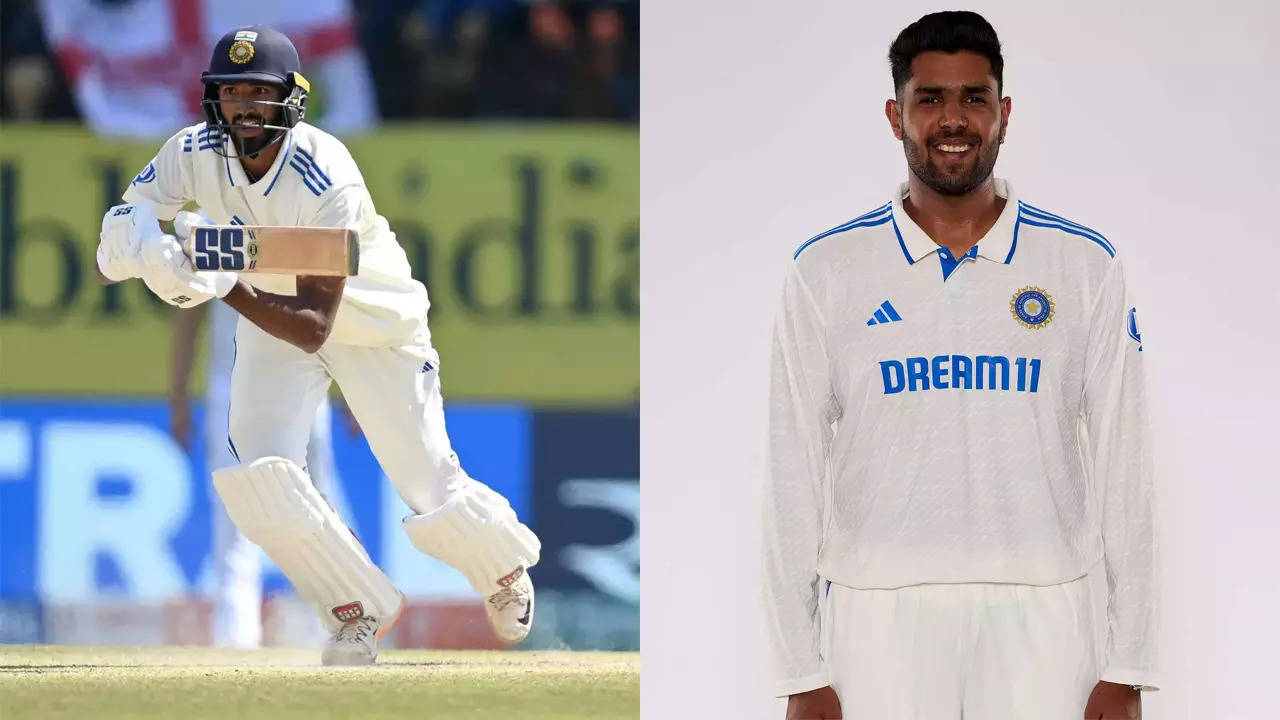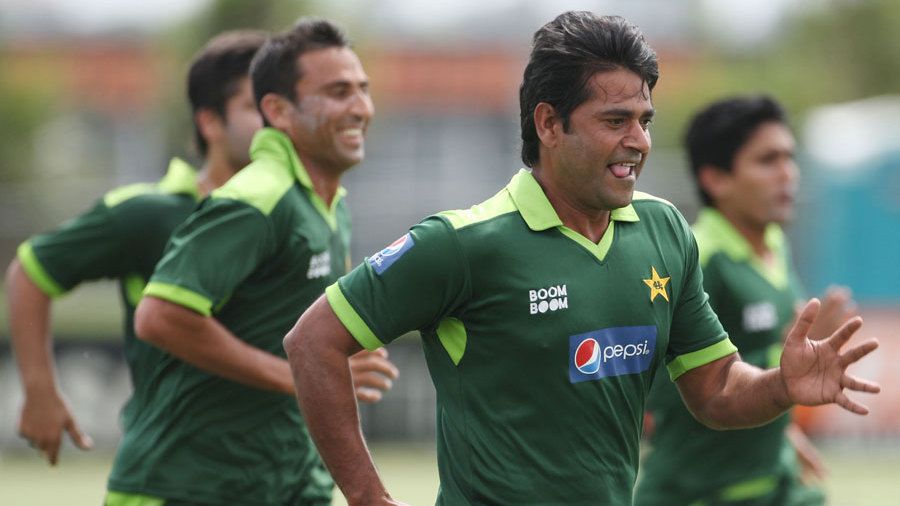Harry Lee, a cricketer who defied death and played a Test match 15 years after his “demise,” is a testament to the indomitable spirit of the human soul. Born in 1890, Lee was a promising cricketer for Middlesex when World War I broke out. Despite initial reluctance, he joined the British Army in 1914.
During the Battle of Aubers Ridge in 1915, Lee was shot in the thigh and presumed dead. However, he miraculously survived, lying unconscious in no man’s land for three days before being captured by German forces. After a harrowing journey to a German hospital, Lee’s wounds healed, but he exaggerated his injury to secure permission to return home.
Upon his discharge from the Army in 1915, Lee was told he would never play cricket again. Undeterred, he defied the odds and returned to the field in 1916. In 1917, he accepted an offer to coach cricket in India, where he made his first-class comeback in 1918.
Lee’s return to England in 1919 saw him continue playing for Middlesex, despite his war injury. He enjoyed a successful career, scoring over 1,000 runs in 13 of his 16 post-war seasons. In 1931, at the age of 40, Lee was called up to the England Test team for the fourth Test against South Africa.
Despite playing in the match, Lee never received his Test cap due to a dispute with a school he had coached in South Africa. However, he did receive a consolation tie from Jack Hobbs. Lee’s Test debut came 15 years after his presumed death, a remarkable feat that showcased his resilience and determination.
After retiring from playing, Lee transitioned into umpiring and coaching. He published his autobiography in 1948, recounting his extraordinary journey from the battlefields of World War I to the cricket fields of England and India. Harry Lee passed away in 1980 at the age of 90, leaving behind a legacy of courage, perseverance, and the indomitable spirit of a true sportsman.






